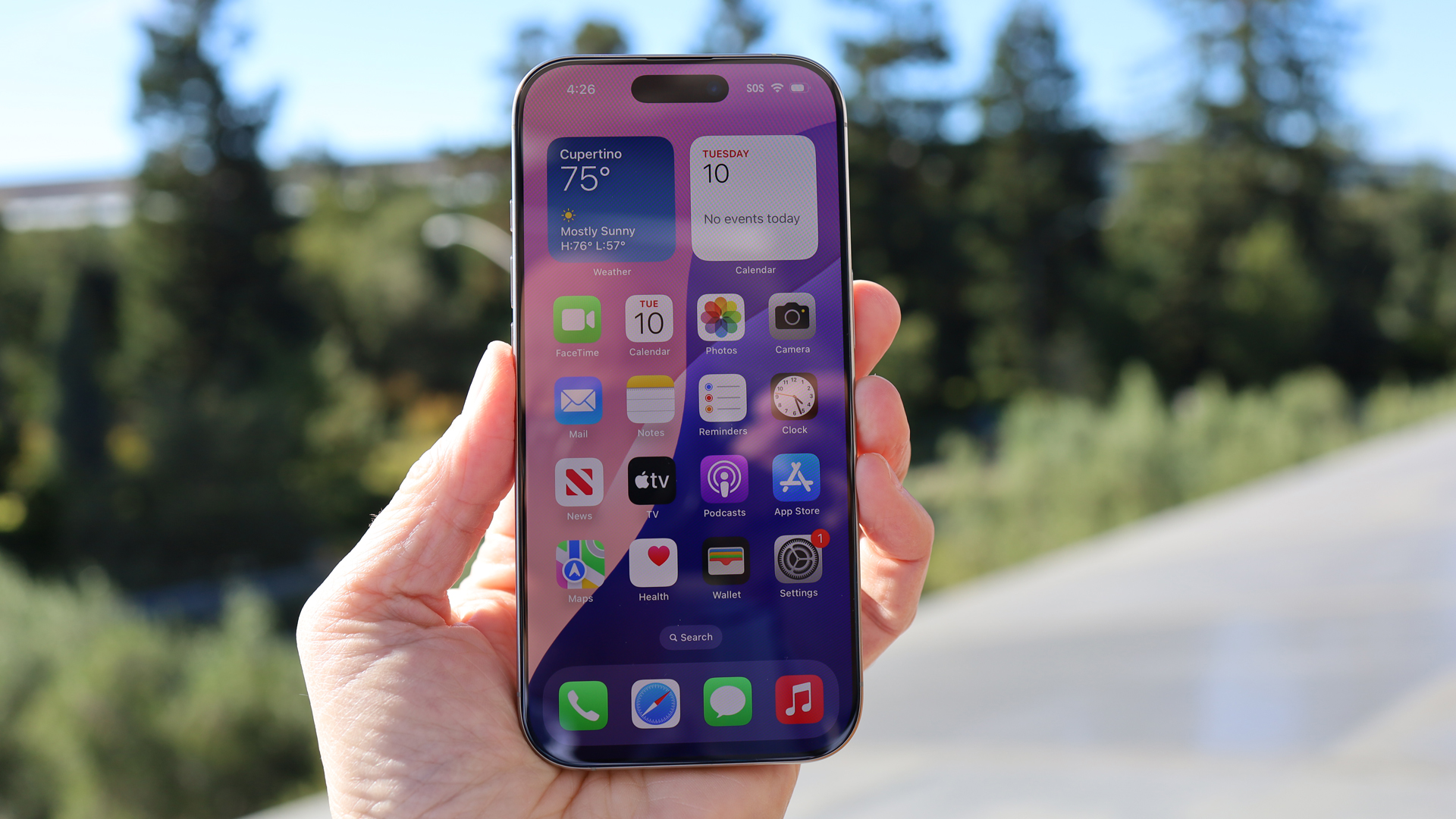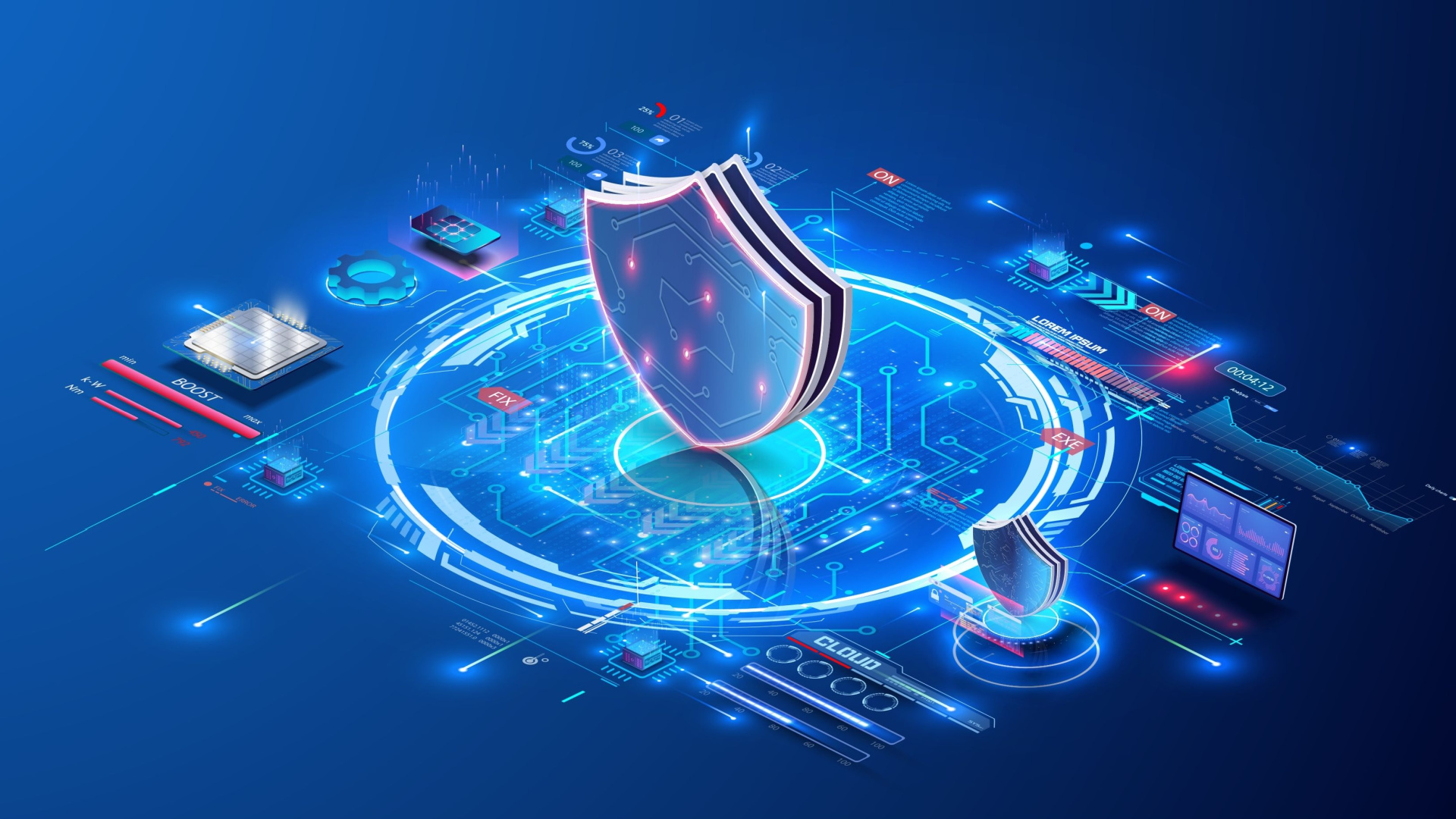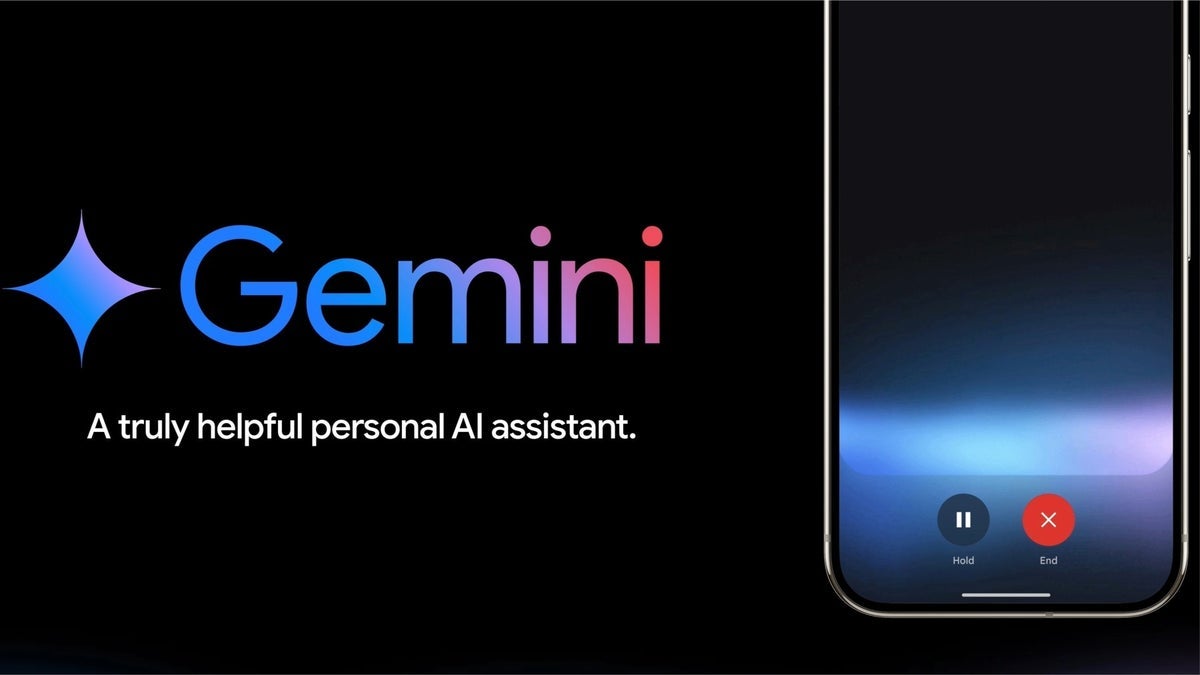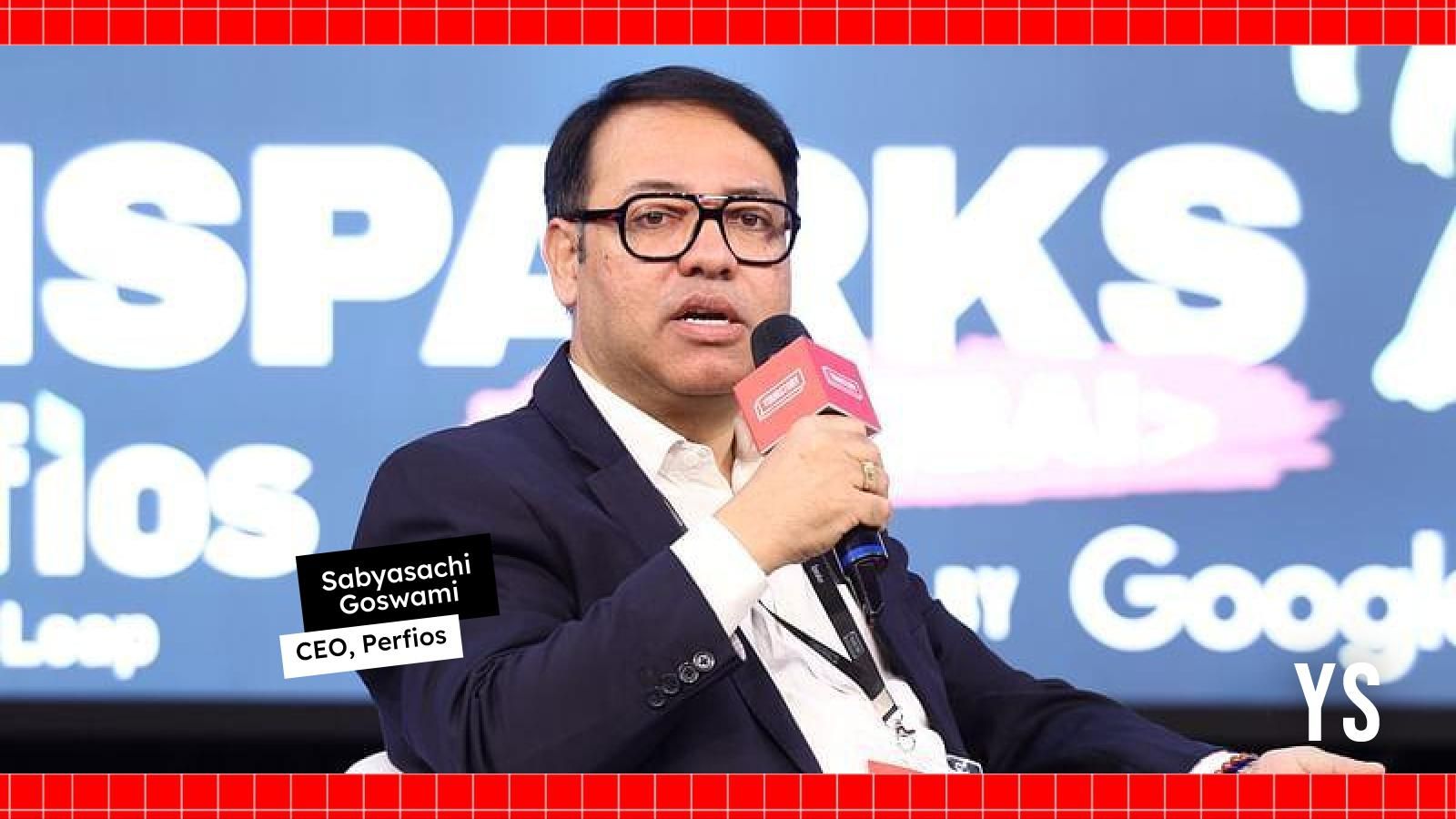Blockchain for Intellectual Property Management: Revolutionizing Copyright and Patent Systems
Abstract This post examines how blockchain technology is transforming the management of intellectual property (IP). By integrating decentralized record-keeping, smart contracts, NFT tokenization, and open-source licensing models, blockchain is redefining the administrative processes behind copyrights and patents. We review the historical context of traditional IP management, explain core blockchain concepts, highlight practical applications, discuss prevailing challenges, and offer an outlook on future trends. This detailed guide provides technical insights and practical examples that are essential for developers, legal experts, and policy-makers working at the intersection of blockchain and digital rights. Introduction The digital era has reshaped every aspect of our society, and intellectual property management is no exception. With rapid advancements in digital art, music distribution, and technological innovation, traditional methods of tracking copyrights and patents are increasingly inadequate. Decentralized frameworks, enabled by blockchain technology, offer solutions that are more secure, transparent, and efficient than ever before. In this post, we explore how blockchain can revolutionize IP management through immutable records, automated processes, and tokenized assets. Blockchain advancements have taken center stage in diverse sectors and now act as a catalyst for change in IP processes ranging from copyright registration to patent filings. This article builds on insights from the Original Article and other expert analyses to provide a holistic overview of this emerging field. Background and Context Understanding blockchain's role in intellectual property management requires an appreciation of both its origins and the challenges posed by traditional IP systems. The Evolution of Traditional IP Systems Historically, copyright and patent registration relied on centralized registries that were: Slow and Bureaucratic: Registration processes often involved multiple agencies and jurisdictions. Prone to Data Manipulation: Centralized databases were vulnerable to alterations and inconsistencies. Inefficient in Royalty Management: Tracking digital content usage often led to disputes and delayed payments. As the digital landscape evolved, the need for faster and more robust solutions became evident. Many traditional IP systems struggled to address issues such as ownership disputes, licensing complexities, and inefficient royalty distribution. Emergence of Blockchain Technology Originally developed to support cryptocurrencies like Bitcoin, blockchain technology introduced the concept of a distributed ledger managed by decentralized consensus. This revolutionary idea allowed records to be maintained securely without reliance on a central authority, thereby addressing many shortcomings of traditional systems. Key features of blockchain that are particularly relevant to IP management include: Decentralized Record-Keeping: Eliminates a single point of failure and enhances data integrity. Immutability: Once data is written onto the blockchain, it is extremely difficult to alter. Transparency: All transactions are visible to participants, reducing the chances of disputes. Smart Contracts: Automated, self-executing contracts that can manage licensing and royalty payments. These technical advancements provide a robust foundation for transforming how copyrights and patents are registered, stored, and enforced. Core Concepts and Features Blockchain integrates several innovative features into IP management systems. Let’s review these core concepts and highlight their application in managing intellectual property. 1. Decentralized Record-Keeping Blockchain’s core strength is its ability to secure data in a distributed ledger. This system offers: Immutability: Once a block becomes part of the chain, altering it requires consensus from the network. Transparency: Every participant can verify the current state of the ledger. Resilience: Decentralization minimizes the risk of data loss or manipulation. 2. Smart Contracts and Automated Processes Smart contracts are integral to seamless IP management. They help in: Automating Royalty Payments: Ensuring timely, automated distribution according to preset conditions. Enforcing Licensing Agreements: Conditions embedded in a smart contract ensure compliance without manual intervention. Maintaining Audit Trails: Comprehensive logs for tracking usage and resolving disputes. 3. NFT Tokenization and Digital Ownership By tokenizing digital assets, blockchain enables: Unique Digital Ownership: NFTs (Non-Fungible Tokens) serve as digital certificates for art, music, or any creative work. Embedded Licensing Terms: Ownership rights, usage permissions, and royalties can be incorporated into the NFT. Interoperability: Digital assets can be seamlessly inte
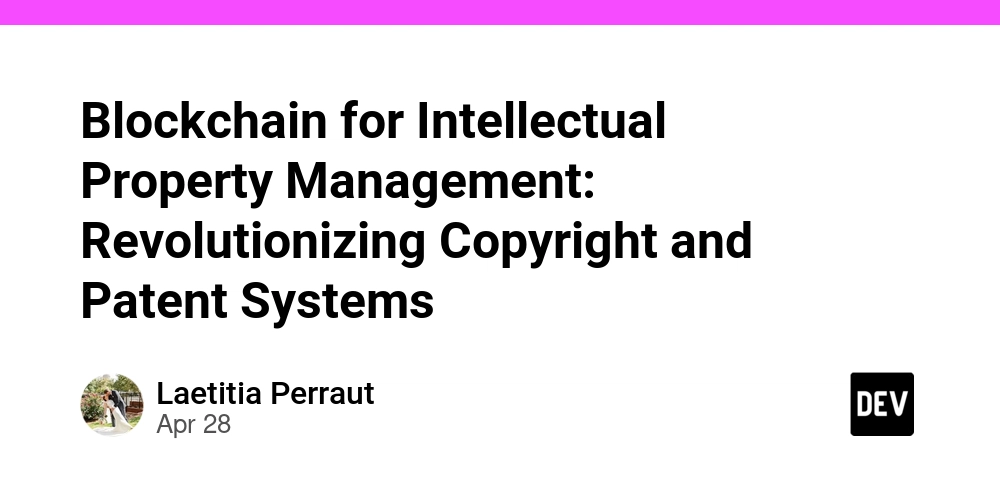
Abstract
This post examines how blockchain technology is transforming the management of intellectual property (IP). By integrating decentralized record-keeping, smart contracts, NFT tokenization, and open-source licensing models, blockchain is redefining the administrative processes behind copyrights and patents. We review the historical context of traditional IP management, explain core blockchain concepts, highlight practical applications, discuss prevailing challenges, and offer an outlook on future trends. This detailed guide provides technical insights and practical examples that are essential for developers, legal experts, and policy-makers working at the intersection of blockchain and digital rights.
Introduction
The digital era has reshaped every aspect of our society, and intellectual property management is no exception. With rapid advancements in digital art, music distribution, and technological innovation, traditional methods of tracking copyrights and patents are increasingly inadequate. Decentralized frameworks, enabled by blockchain technology, offer solutions that are more secure, transparent, and efficient than ever before. In this post, we explore how blockchain can revolutionize IP management through immutable records, automated processes, and tokenized assets.
Blockchain advancements have taken center stage in diverse sectors and now act as a catalyst for change in IP processes ranging from copyright registration to patent filings. This article builds on insights from the Original Article and other expert analyses to provide a holistic overview of this emerging field.
Background and Context
Understanding blockchain's role in intellectual property management requires an appreciation of both its origins and the challenges posed by traditional IP systems.
The Evolution of Traditional IP Systems
Historically, copyright and patent registration relied on centralized registries that were:
- Slow and Bureaucratic: Registration processes often involved multiple agencies and jurisdictions.
- Prone to Data Manipulation: Centralized databases were vulnerable to alterations and inconsistencies.
- Inefficient in Royalty Management: Tracking digital content usage often led to disputes and delayed payments.
As the digital landscape evolved, the need for faster and more robust solutions became evident. Many traditional IP systems struggled to address issues such as ownership disputes, licensing complexities, and inefficient royalty distribution.
Emergence of Blockchain Technology
Originally developed to support cryptocurrencies like Bitcoin, blockchain technology introduced the concept of a distributed ledger managed by decentralized consensus. This revolutionary idea allowed records to be maintained securely without reliance on a central authority, thereby addressing many shortcomings of traditional systems. Key features of blockchain that are particularly relevant to IP management include:
- Decentralized Record-Keeping: Eliminates a single point of failure and enhances data integrity.
- Immutability: Once data is written onto the blockchain, it is extremely difficult to alter.
- Transparency: All transactions are visible to participants, reducing the chances of disputes.
- Smart Contracts: Automated, self-executing contracts that can manage licensing and royalty payments.
These technical advancements provide a robust foundation for transforming how copyrights and patents are registered, stored, and enforced.
Core Concepts and Features
Blockchain integrates several innovative features into IP management systems. Let’s review these core concepts and highlight their application in managing intellectual property.
1. Decentralized Record-Keeping
Blockchain’s core strength is its ability to secure data in a distributed ledger. This system offers:
- Immutability: Once a block becomes part of the chain, altering it requires consensus from the network.
- Transparency: Every participant can verify the current state of the ledger.
- Resilience: Decentralization minimizes the risk of data loss or manipulation.
2. Smart Contracts and Automated Processes
Smart contracts are integral to seamless IP management. They help in:
- Automating Royalty Payments: Ensuring timely, automated distribution according to preset conditions.
- Enforcing Licensing Agreements: Conditions embedded in a smart contract ensure compliance without manual intervention.
- Maintaining Audit Trails: Comprehensive logs for tracking usage and resolving disputes.
3. NFT Tokenization and Digital Ownership
By tokenizing digital assets, blockchain enables:
- Unique Digital Ownership: NFTs (Non-Fungible Tokens) serve as digital certificates for art, music, or any creative work.
- Embedded Licensing Terms: Ownership rights, usage permissions, and royalties can be incorporated into the NFT.
- Interoperability: Digital assets can be seamlessly integrated across different blockchain platforms.
4. Open-Source Licensing
Blockchain is also influencing open-source licensing by:
- Fostering Collaborative Development: Transparent records ensure contributors receive proper credit.
- Automating Compliance Checks: Smart contracts monitor adherence to licensing terms.
- Enabling New Revenue Models: Token-based rewards incentivize contributions and maintain sustainable funding for projects.
Below is a table summarizing these key features and their applications in IP management:
| Feature | Description | IP Application |
|---|---|---|
| Decentralized Record-Keeping | Enhanced security and transparency by distributing data across a network. | Maintains global, tamper-proof copyright and patent registries. |
| Immutability | Once recorded, data cannot be altered, thereby ensuring authenticity and trust. | Secure evidence of ownership and historical transaction auditing. |
| Smart Contracts | Self-executing contracts that automate licensing and royalty distributions. | Enforces licensing agreements and automates payment processes. |
| NFT Tokenization | Converts intellectual assets into digital tokens with unique identifiers. | Validates digital art ownership and embeds usage rights. |
| Open-Source Licensing | Supports collaborative development and fair compensation for contributors. | Automates open-source project licensing and funding distribution. |
Applications and Use Cases
Blockchain is already demonstrating its potential in various real-world applications related to intellectual property management. Below are a few practical examples:
Decentralized Copyright Registries
Blockchain-powered platforms offer a secure, global registry for copyrights.
- Example: A platform similar to Ujo Music enables artists to register their work on an immutable ledger.
- Outcome: Instant verification of ownership, robust audit trails, and automated royalty tracking eliminate ambiguity and reduce disputes.
Patent Registration and Examination
Traditional patent registration processes can be cumbersome and error-prone. Blockchain can streamline these processes:
-
Key Benefits:
- Searchable Prior-Art Databases: Facilitate faster examinations and reduce duplicate filings.
- Immutable Recording: Securely stores patent claims and transactions for future reference.
- Efficiency Gains: Reduces processing times and improves the accuracy of patent approvals.
NFT-Based Digital Asset Ownership
The art and creative industries are already witnessing the NFT revolution:
- Example: Platforms like OPUS integrate NFTs with open-source licensing, ensuring that digital art and music are both authenticated and monetized properly.
- Outcome: Artists have new revenue models with embedded royalty structures, ensuring that any use of their work automatically triggers payment distribution.
Automated Licensing and Royalty Distribution
Smart contracts can simplify licensing agreements:
- Example: Digital watermarking combined with blockchain tracking can ensure that copyright holders are paid in real-time as content is used.
- Outcome: Eliminates intermediaries, reduces administrative costs, and minimizes disputes over delayed or incorrect payments.
Key Benefits Bullet List
- Transparency: All transactions and ownership records are openly verifiable.
- Efficiency: Automation cuts down on time-consuming manual processes.
- Security: Robust encryption and consensus protocols protect sensitive IP data.
- Interoperability: Enables seamless integration between various platforms and jurisdictions.
- Incentivization: Token-based models provide fair compensation and promote innovation.
Challenges and Limitations
While blockchain shows monumental promise for IP management, there are notable challenges that must be overcome:
Technical Challenges
- Scalability Issues: Public blockchains can experience slow transaction times and high fees during peak usage. Although solutions like layer-2 scaling and sharding are emerging, implementing them in IP management is still at an early stage.
- Interoperability Concerns: Different blockchain networks often lack seamless communication. Standardizing data formats and protocols is essential for global IP registries.
- Privacy vs. Transparency: Balancing open data with privacy regulations (e.g., GDPR) can be difficult. Techniques such as zero-knowledge proofs are promising, but require careful integration.
Adoption and Implementation Challenges
- Regulatory Uncertainty: IP laws vary by country, and integrating blockchain into these frameworks is complex. Legal recognition and uniformity are essential for widespread adoption.
- Market Fragmentation: The diversity of existing IP systems makes it hard to achieve a unified, blockchain-based registry. Coordination among governments, legal bodies, and technology providers is necessary.
- Technical Complexity: Non-technical stakeholders may find blockchain technology difficult to understand and implement, delaying adoption.
- Initial Investment: High initial costs for infrastructure and training can deter government agencies and organizations from adopting blockchain solutions.
- Security Vulnerabilities: While blockchain is inherently secure, poorly written smart contracts can introduce vulnerabilities that invite exploits.
Future Outlook and Innovations
Despite the challenges, the future for blockchain in IP management looks promising with several emerging trends:
Enhanced AI and Data Analytics Integration
- AI-driven Analysis: Future blockchain-based IP registries may incorporate AI to detect fraudulent activities, monitor usage patterns, and automate compliance checks.
- Predictive Analytics: Machine learning can help forecast trends in IP management, facilitating smarter decision-making for royalties and licensing.
Convergence of NFT and Open-Source Ecosystems
- Dynamic Licensing Models: NFT tokenization will likely evolve to create more flexible and dynamic licensing agreements, offering innovative revenue streams for artists and developers.
- Collaborative Platforms: The integration of open-source licensing with blockchain will further democratize IP management and incentivize community contributions.
Interoperability and Standardization Efforts
Global efforts towards establishing standardized blockchain protocols will enhance interoperability between different networks and jurisdictions. These initiatives will simplify cross-border recognition of digital IP rights.
Regulatory Adaptation and Harmonization
Government agencies around the world are gradually recognizing the advantages of blockchain-based records. Future regulations are expected to:
- Legitimize Blockchain Records: Provide legal frameworks for accepting blockchain-stored IP information as proof of ownership.
- Simplify Licensing Enforcement: Ensure that smart contracts and digital certificates are recognized across jurisdictions.
Increased Adoption in Emerging Markets
Developing economies can leverage blockchain to bypass legacy administrative systems, making IP management more accessible and transparent. This democratization of IP rights is set to promote global innovation.
Security Enhancements
Advances in cryptography, including quantum-resistant algorithms and enhanced consensus mechanisms, will further secure blockchain networks. Augmented security measures will ensure that IP data remains protected against unauthorized access and cyber-attacks.
For more insights on blockchain’s evolving role in IP management, be sure to check out related resources such as the Copyleft Licenses Ultimate Guide and the News AI News Q1 2025.
Additional Perspectives from the Developer Community
The open-source and blockchain communities are actively discussing innovative approaches to digital rights management. For instance:
- Unlocking Blockchain Innovation with Web3.py explores the technical underpinnings of blockchain applications.
- Immudb: Revolutionizing Data Security and Open Source Funding offers insights into securing digital records.
- The Future of Open Source Funding: A Deep Dive Into the Open Source Pledge examines funding models that are shifting the way projects are supported.
These perspectives reinforce the idea that blockchain-based IP management will not only improve transparency and security but also encourage a more collaborative, innovation-friendly ecosystem.
Summary and Conclusion
In summary, blockchain technology is set to revolutionize how intellectual property is managed by addressing the inherent limitations of traditional systems. Its decentralized nature, coupled with features such as smart contracts and NFT tokenization, offers unparalleled transparency, security, and efficiency.
Key takeaways include:
- Decentralized Record-Keeping: Blockchain provides a tamper-proof, global ledger that is essential for contemporary copyright and patent management.
- Automated Processes: Smart contracts can autonomously handle licensing and royalty distributions, reducing manual errors and administrative overhead.
- Digital Asset Tokenization: NFTs pave the way for establishing clear, provable ownership in digital art, music, and technological innovations.
- Sustainable Open-Source Models: Blockchain supports open-source communities by automating licensing compliance and promoting equitable funding models.
Though challenges such as scalability, interoperability, and regulatory uncertainty remain, continuous innovation and collaboration between governments, developers, and industry experts are paving the way for a decentralized future in IP management. As emerging technologies like AI enhance blockchain capabilities and worldwide regulatory frameworks begin to adapt, the future of intellectual property seems both secure and efficiently managed.
By embracing these changes, creators, inventors, and policy-makers can build a more transparent, inclusive, and innovative ecosystem. The integration of blockchain into IP management ensures that intellectual assets are not only protected but also leveraged to drive further advancements in technology and creativity.
For further reading and a deeper dive into related topics, explore resources like Firefox Data Sharing Privacy and Best Privacy Browsers 2025. These platforms provide additional insights into digital security and privacy trends that complement the blockchain revolution in IP management.
Embrace the blockchain revolution for intellectual property as it not only offers robust solutions to age-old problems but also sets the stage for a future where creativity is celebrated and properly rewarded.
By acknowledging and innovating upon traditional methods through blockchain, the digital landscape becomes more secure, transparent, and ultimately fairer for creators across the globe. Whether you are a developer, legal expert, or policy-maker, now is the time to explore and adapt blockchain solutions that empower both intellectual property rights and innovation.
Happy innovating!
.jpg)
































































































































































![[The AI Show Episode 143]: ChatGPT Revenue Surge, New AGI Timelines, Amazon’s AI Agent, Claude for Education, Model Context Protocol & LLMs Pass the Turing Test](https://www.marketingaiinstitute.com/hubfs/ep%20143%20cover.png)














































































































![[Research] Starting Web App in 2025: Vibe-coding, AI Agents….](https://media2.dev.to/dynamic/image/width%3D1000,height%3D500,fit%3Dcover,gravity%3Dauto,format%3Dauto/https:%2F%2Fdev-to-uploads.s3.amazonaws.com%2Fuploads%2Farticles%2Fby8z0auultdpyfrx5tx8.png)
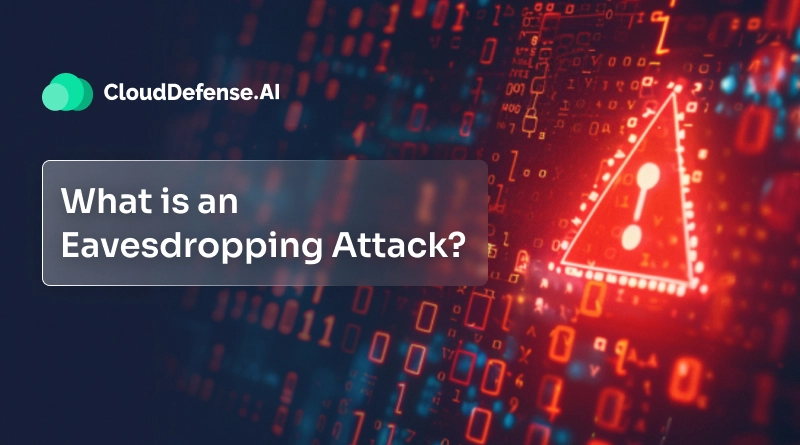













![[DEALS] Koofr Cloud Storage: Lifetime Subscription (1TB) (80% off) & Other Deals Up To 98% Off – Offers End Soon!](https://www.javacodegeeks.com/wp-content/uploads/2012/12/jcg-logo.jpg)















































-RTAガチ勢がSwitch2体験会でゼルダのラスボスを撃破して世界初のEDを流してしまう...【ゼルダの伝説ブレスオブザワイルドSwitch2-Edition】-00-06-05.png?width=1920&height=1920&fit=bounds&quality=70&format=jpg&auto=webp#)


























































































_roibu_Alamy.jpg?width=1280&auto=webp&quality=80&disable=upscale#)


.webp?#)























































































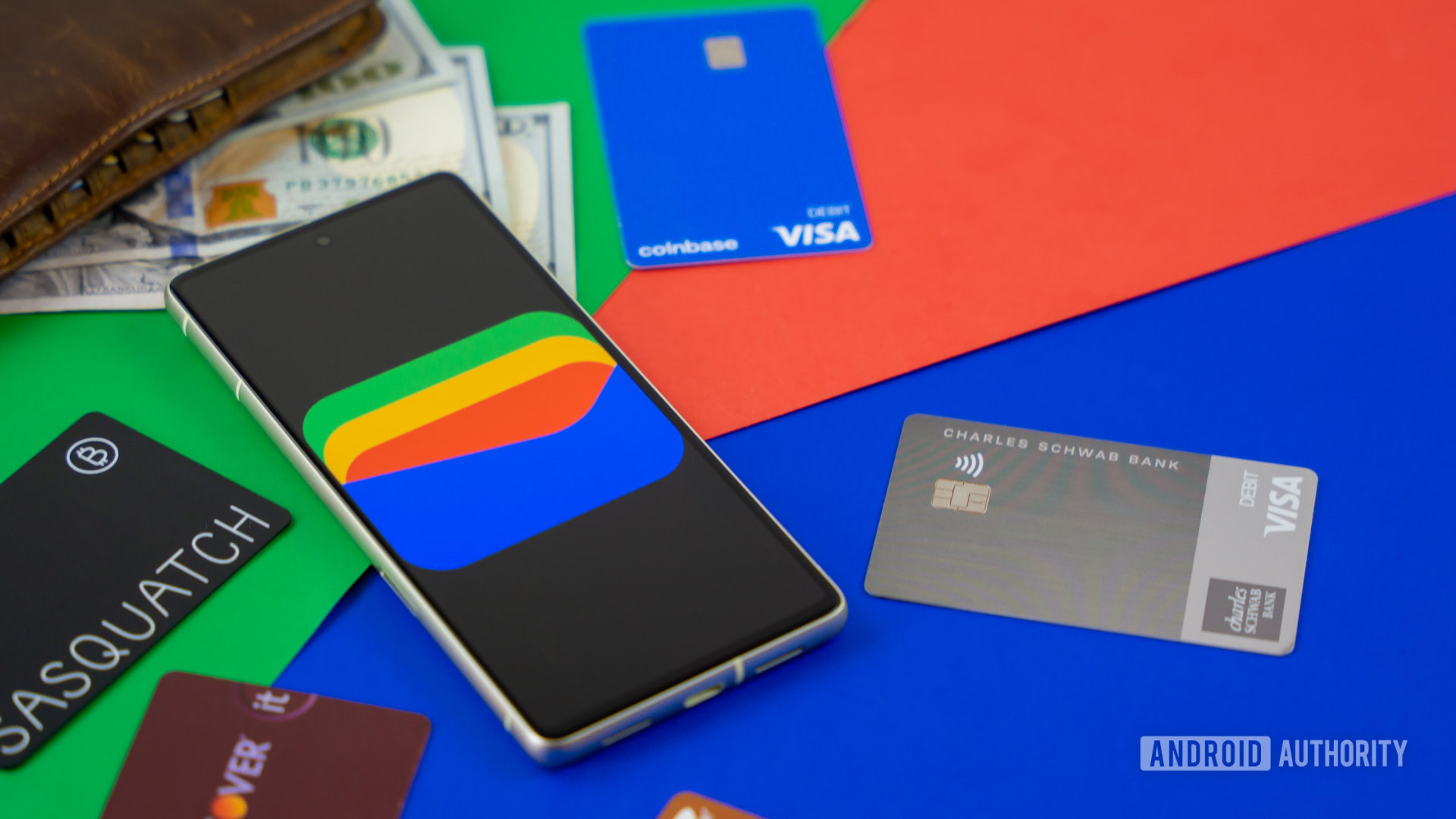


















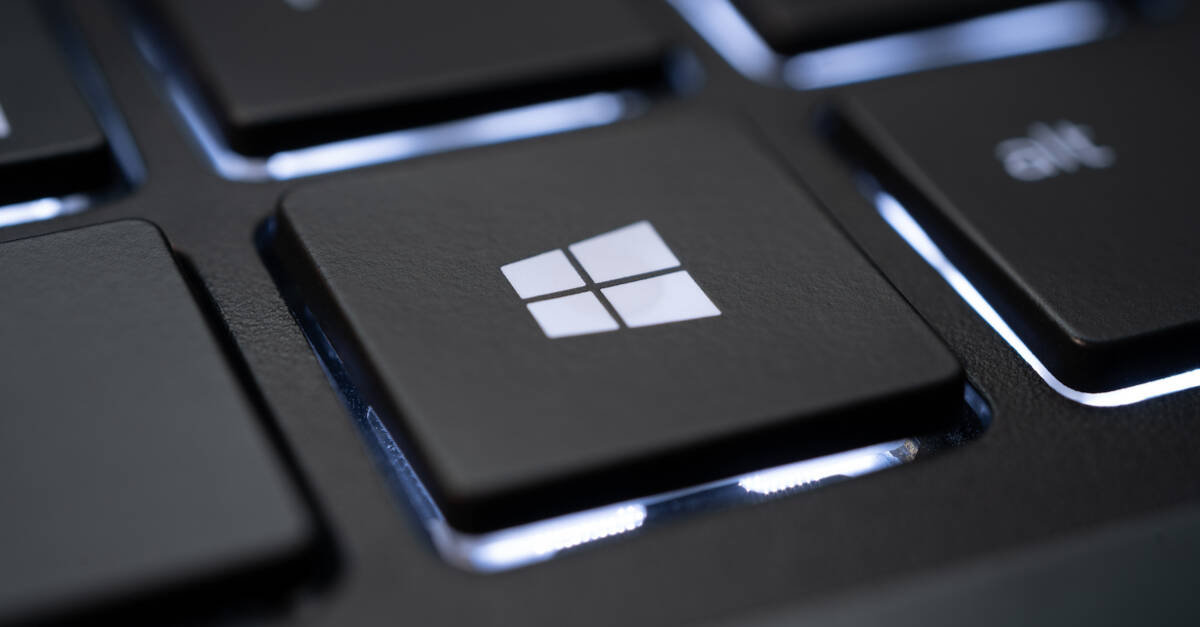


![M4 MacBook Air Drops to Just $849 - Act Fast! [Lowest Price Ever]](https://www.iclarified.com/images/news/97140/97140/97140-640.jpg)
![Apple Smart Glasses Not Close to Being Ready as Meta Targets 2025 [Gurman]](https://www.iclarified.com/images/news/97139/97139/97139-640.jpg)
![iPadOS 19 May Introduce Menu Bar, iOS 19 to Support External Displays [Rumor]](https://www.iclarified.com/images/news/97137/97137/97137-640.jpg)

















